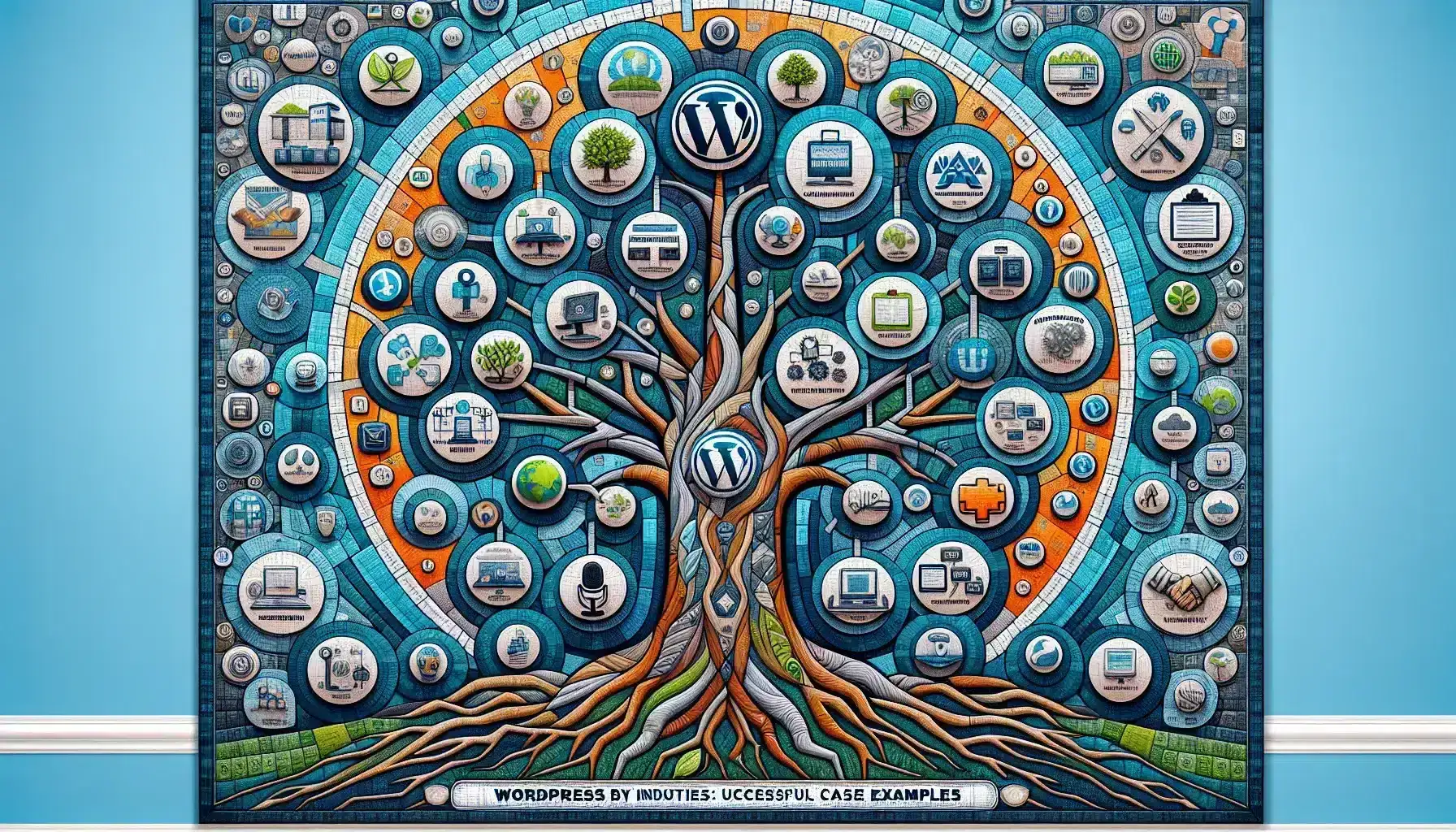Unfolding the Chronicles of Full Stack eCommerce Development

The development of an eCommerce website entails a diverse range of tasks that stretches from user interface design to backend programming. As a full stack developer, I found this project not just a job, but a journey worth sharing with you. Enter the world of ‘full stack eCommerce development’, where dreams and codes intertwine to create innovations.
Every eCommerce site works as a bridge between businesses and consumers. The construction of this bridge would deem to be efficient when a full stack developer orchestrates it. Hence, this journey where I built an eCommerce website, centered on the USA market, unfolds.
As a full stack developer, my first port of call was gathering client requirements. This particular eCommerce site needed to cater to a wide demographic within the United States – a market renowned for its robust online shopping culture. The targeted audience’s expectations, purchasing behavior, and cultural nuances formed a significant part of the design and development process.
Planning and Wireframing – The First Milestone
After understanding the requirements, I moved on to the planning and wireframing phase. The website’s layout design focused on usability and a smooth navigation experience for the users. At this stage, product categorization, shopping cart integration, and payment gateway incorporation plans were chalked out.
Implementing UI/UX Designs
Being a full stack developer entails more than just executing backend codes. The site’s front end development was my next arena. The design interface consisted of a robust, responsive layout, consistent color scheme, and user-friendly design elements. I ensured that the website was responsive to adapt to various devices, considering the USA market’s love for mobile shopping.
Developing the Backend
The back-end is the backbone of any eCommerce website, and as a full stack developer, my expertise stretched to that end of the spectrum as well. Incorporating elements like user authentication, database management for product inventory, order tracking features, and payment processing was challenging, yet deeply gratifying.
Integrating Payment Gateways
Any eCommerce website targeting the USA market has to integrate multiple payment options. Keeping this in mind, my focus was on incorporating as many secure payment gateways as possible, ensuring seamless transactions for customers.
Maintaining Security Measures
In the realm of full stack eCommerce development, security is indispensable. The site’s security measures included SQL injection prevention and Cross-Site Scripting (XSS) blocking. Also, SSL encryption was implemented to ensure secure data transactions, especially for payment processing and user authentication.
Performance Testing and Troubleshooting
Finally, rigorous testing ensured that there were no glitches during real-time functioning. I carried out load testing, stress testing, and functional testing to validate the website’s performance, responsiveness, and stability. Any identified hitches were instantly addressed and rectified.
Delivering a High-Performing eCommerce Site
As I neared the end of this journey, I found that the blend of aesthetic design, powerful back-end support, and constant troubleshooting had come together to form an eCommerce site that was truly tailored for the USA market.
Conclusively, the journey of a full stack developer building an eCommerce site is a blend of challenges, innovations, and thrilling breakthroughs. My task was not just to construct an eCommerce website; it was to construct an experience. It was a journey that transcended coding languages and platforms, venturing into the realm of user preferences, market shifts, and business paradigms – affirming the dynamism of full stack eCommerce development.

Learn the insights of a full stack developer’s journey in building an ecommerce site tailored for the US market.

Discover how Wordpress transcends industries such as eCommerce, Real Estate and Landing Pages. Join us as we explore case examples and unearth industry best practices.